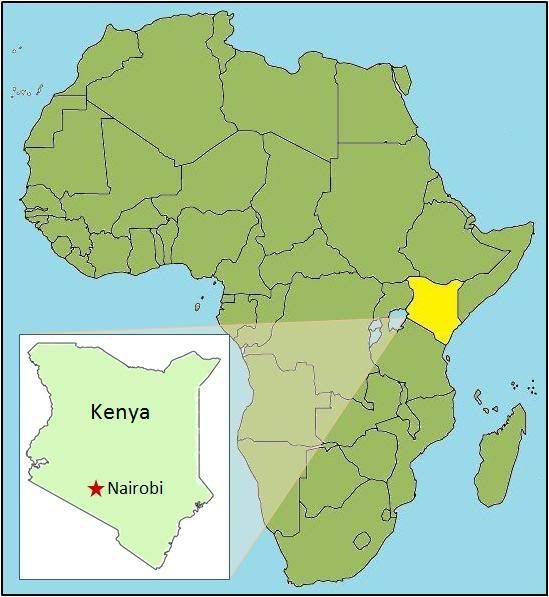A:LINK {Text-Decoration: none; Color: #daa520}
A:VISITED {Text-Decoration: none; Color: #b8860b}
A:HOVER {Text-Decoration: underline; Color: #b22222}
Kenya Overview
Kenya conjures up visions of exotic animals in big game preserves, the Great Rift Valley, vast grasslands, and gorgeous highlands. It is a beautiful land enhanced by a gracious and diverse population. Thirty-seven million people live within its borders, comprising over 70 distinct ethnic groups. Ever courteous, warm eyes and friendly smiles peek out from sun-darkened faces.
However much of Kenya suffers from increased urbanization and generational poverty. Over forty percent of Kenya’s population lives in urban areas and they are growing by over 7% a year. Nairobi, the capitol, is already home to over 2.5 million people. This spike in urbanization has led to a rush of people seeking work in the cities and pushed the national unemployment rate to 40%. Without jobs, many urban Kenyans live in slums such as Kibera, and resort to temporary labor or peddling wares on street corners. With 50% of the population below the poverty line, the main priority is simply surviving. |
|
Kenya is increasingly becoming a nation of children. Parents are dying from the AIDS/HIV endemic affecting 54% of the population and other prevalent illnesses in the slums, such as tuberculosis and cholera. Today, 42% of the population is under the age of 15 and over 2.3 million children are orphans.
| Education is part of the national solution to poverty. However, Kenya’s primary and secondary schools are overloaded. There are currently 18,000 primary schools with standards (grades) 1-8 registered with the government. Yet even with 100 students per class serving 4.4 million students, another 13.3 million children are waiting for a primary educational opportunity. And although primary schools are tuition free, the cost of examination fees, school supplies and mandatory uniforms is still outside the reach of many families. |
Furthermore there are only about 4,500 secondary schools registered in Kenya and they are not tuition free. Less than half of primary school entrants complete standard 8 and only 47% of primary graduates go on to enroll in secondary schooling. While the nation struggles to provide education for its children, it places a low priority on children of slums leaving them with a bleak educational outlook.
| History Home | Beginnings | Kenya | Kibera | Future |










